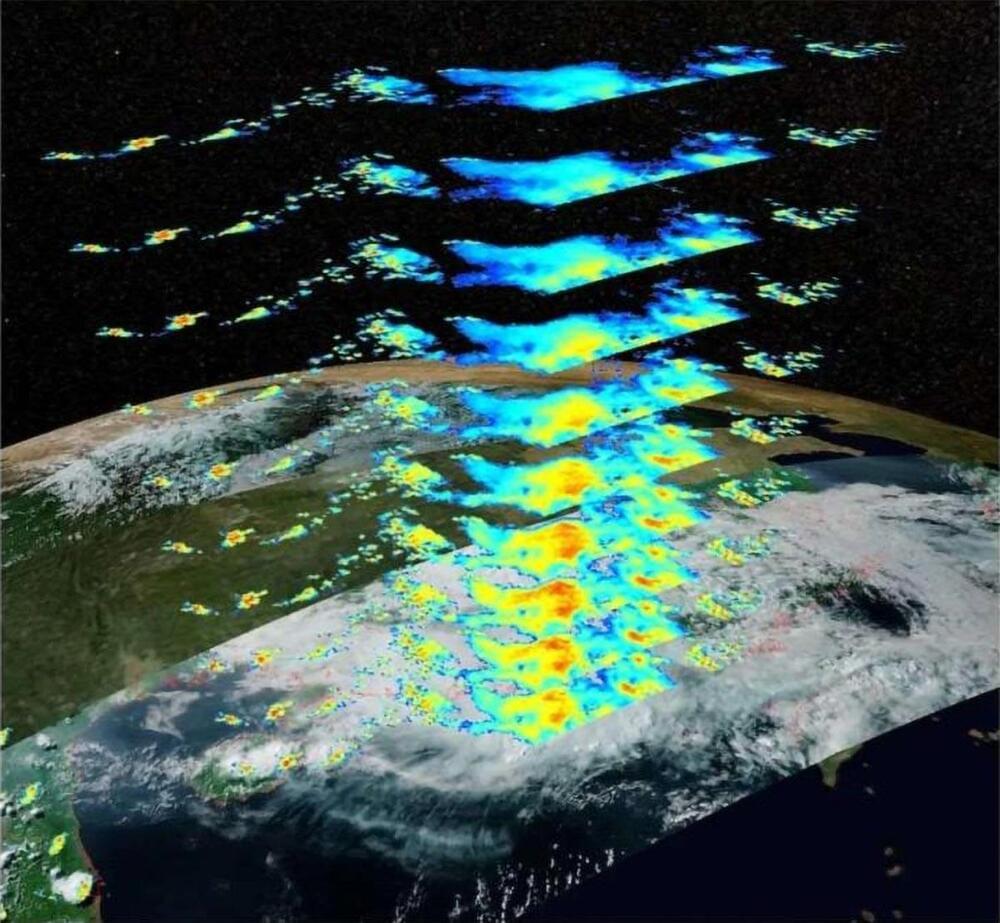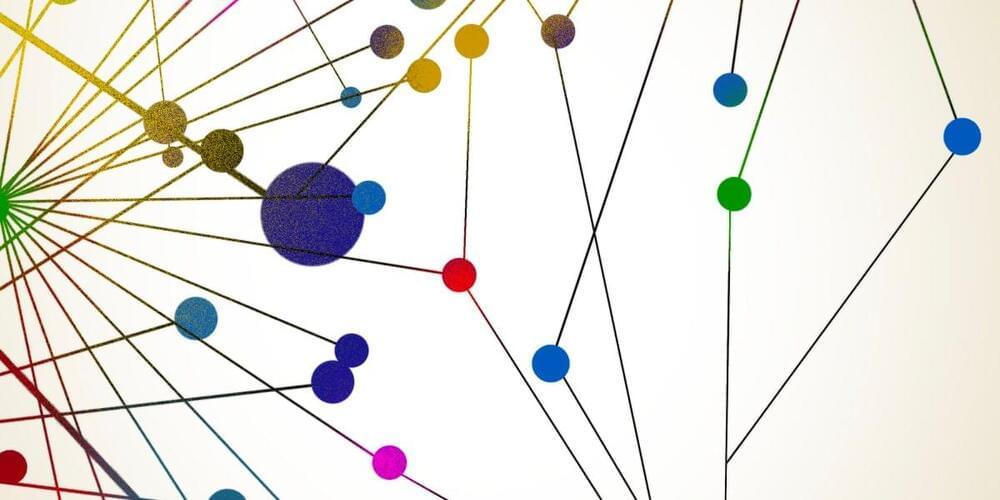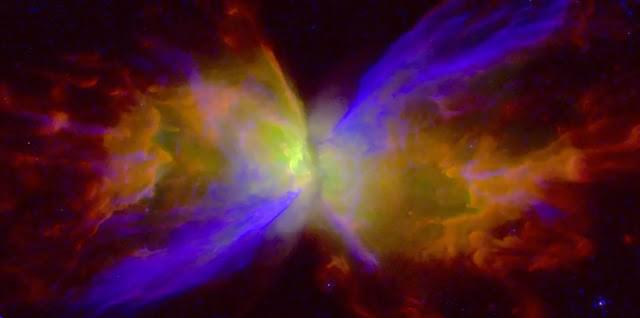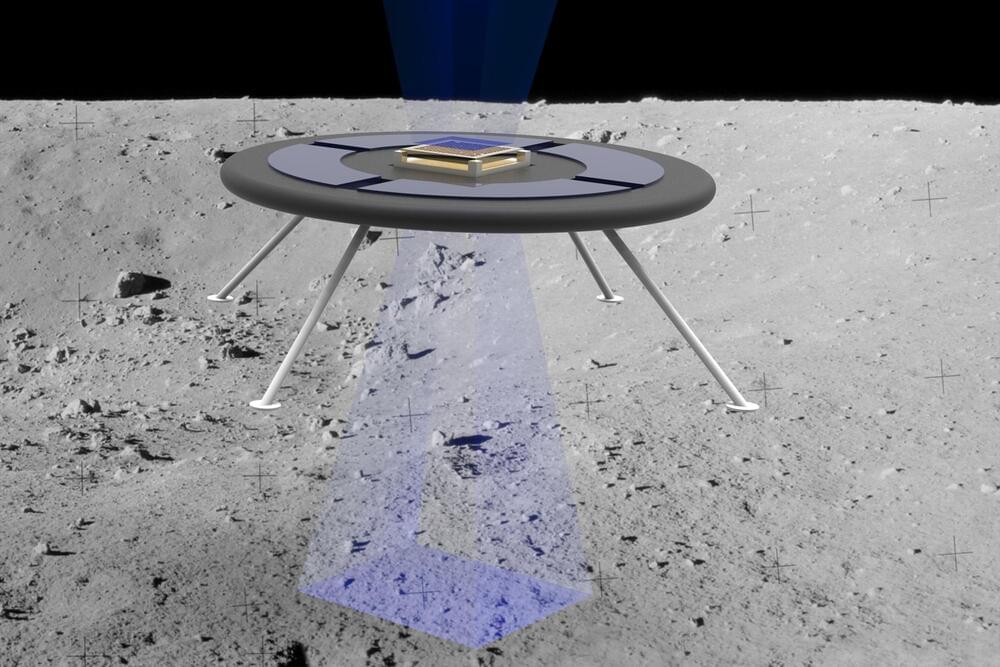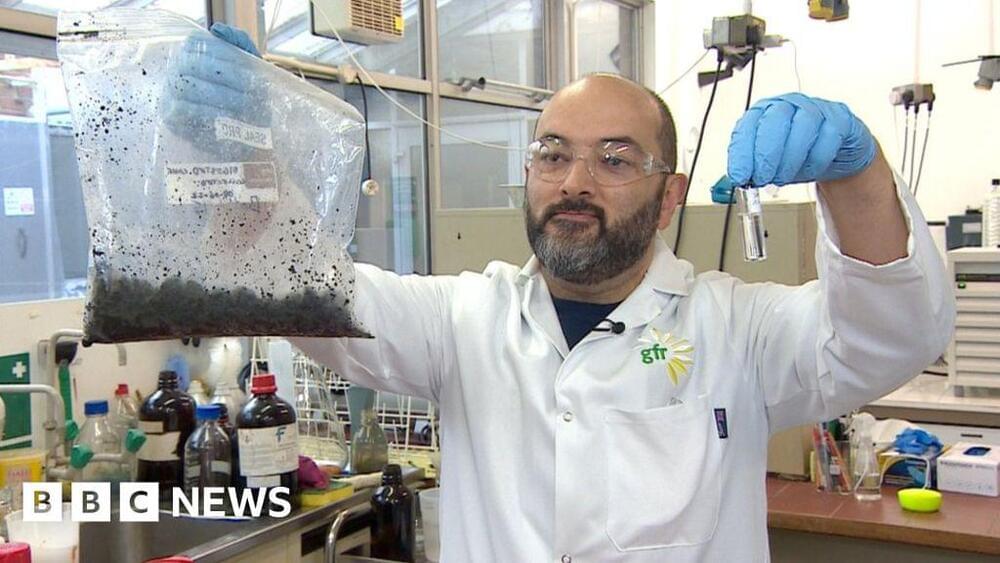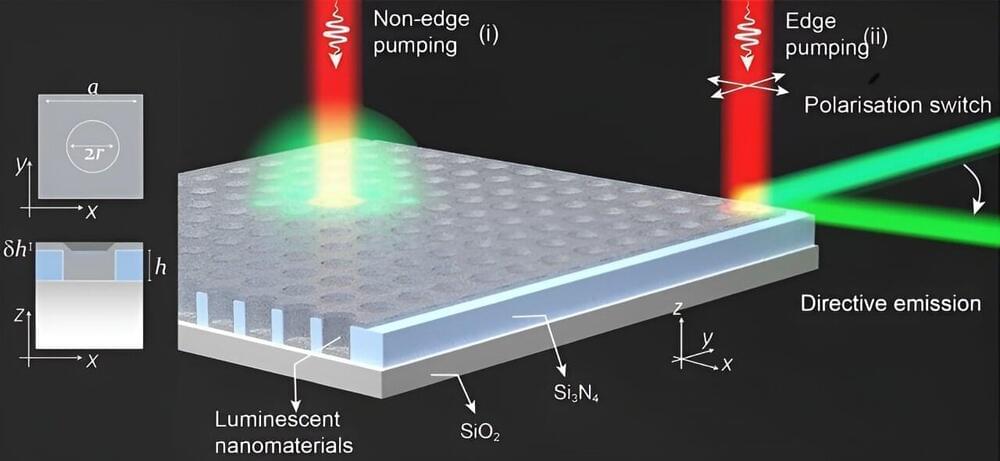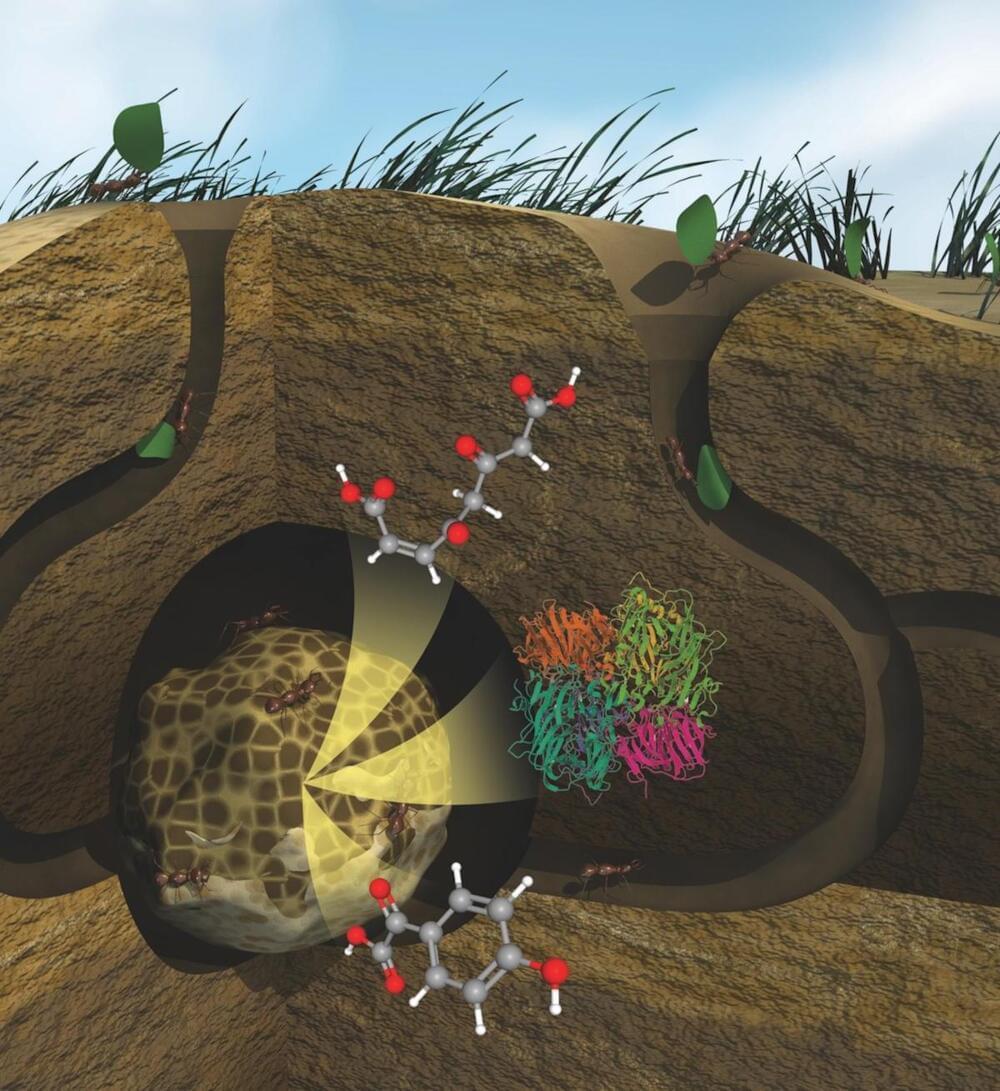Feb 28, 2024
Unlocking the Mysteries of Rainfall With FY-3G, Earth’s New Eye in the Sky
Posted by Saúl Morales Rodriguéz in categories: chemistry, energy, satellites
Measuring the precise quantity of rainfall in a particular area is straightforward when there is equipment specifically designed to accurately capture and relay precipitation data. However, quantifying and identifying the types of precipitation across all locations on Earth presents significant logistical challenges.
Importantly, this information could provide a wealth of data for characterizing and predicting Earth’s water, energy, and biogeochemical cycles. Researchers from China recently deployed a satellite, FengYun 3G (FY-3G), that is successfully collecting Earth precipitation data from space.
